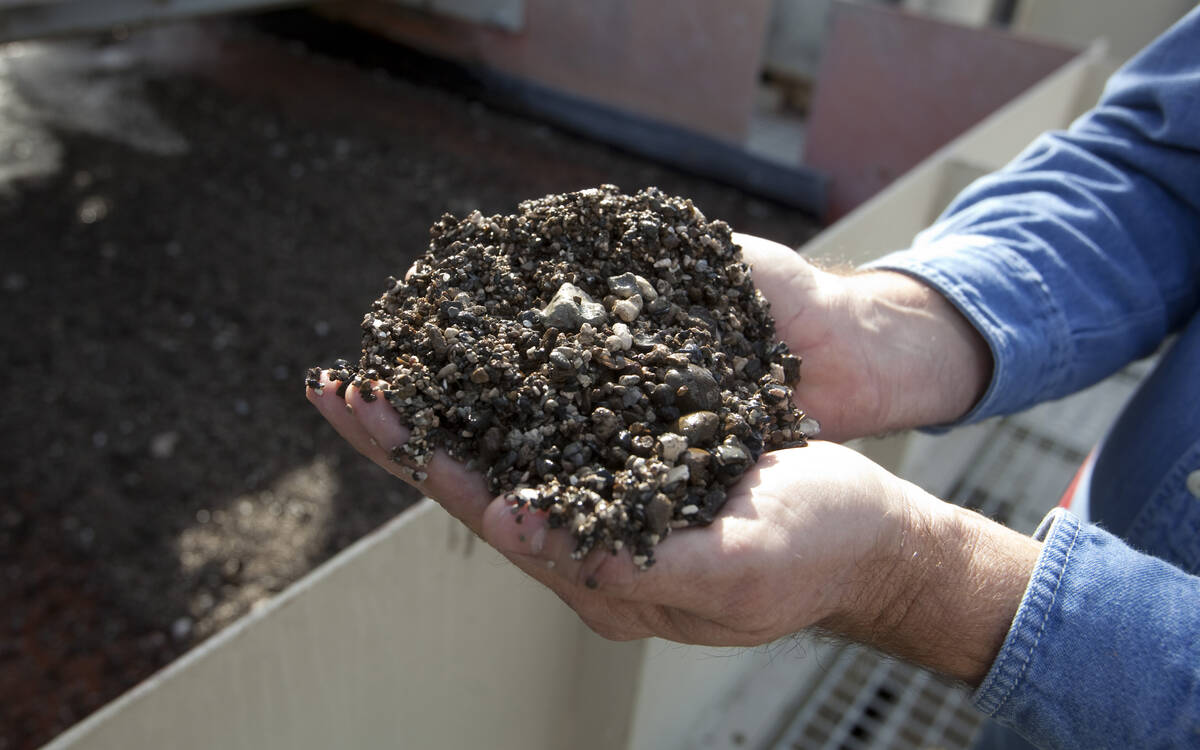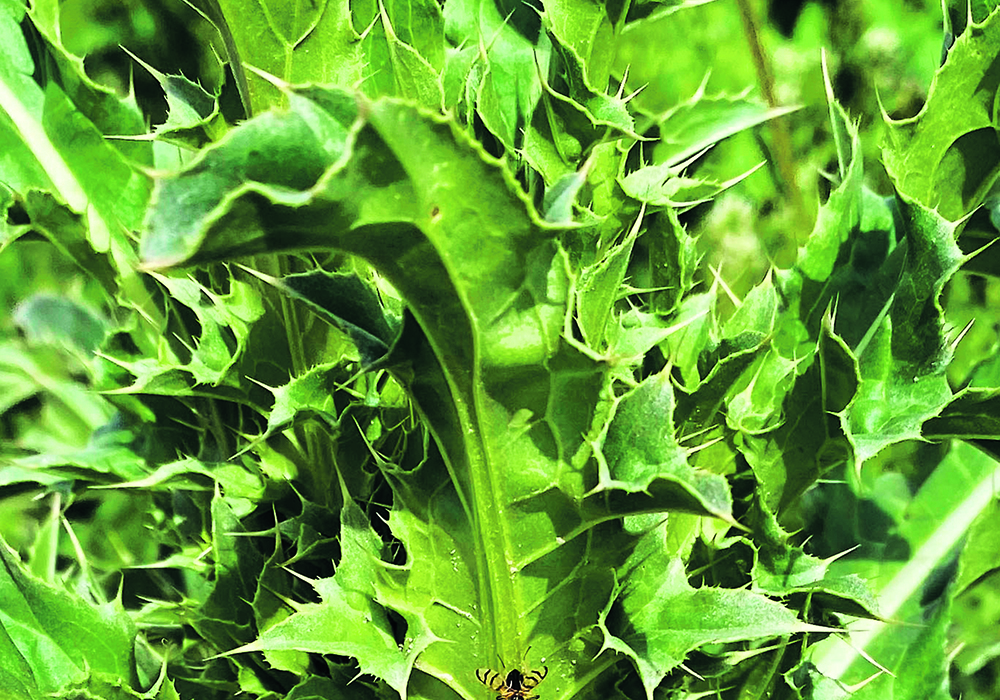Unlike many prairie weeds that cause problems, locoweed wasn’t introduced from foreign shores.
It’s a native son.
Locoism is the result of cellular failure of the nervous system after poisoning by an indolizidine alkaloid contained in the weed.
Grazing locoweed causes livestock to show depression, lack of co-ordination and nervous behaviour in stressful situations. Animals may walk in circles and drool and will fail to thrive. In the most extreme cases, animals can die from sustained grazing of the plant.
Read Also

Phosphate prices to remain high
Phosphate prices are expected to remain elevated, according to Mosaic’s president.
Females will abort or give birth to young with congenital deformities. The weed is often at its most plentiful when cows are in their first trimester and most vulnerable to calf loss.
The U.S. Department of Agriculture estimates that along with other poisonous plants such as milk vetch, locoweed costs livestock producers more than $350 million a year in the western United States, where the weed is endemic.
Several varieties of locoweed in Western Canada contain the poison, including the early yellow locoweed (Oxytropis macounii), which is most often identified as the problem variety.
This weed isn’t generally found in grain fields, which complicates its management.
In pasture, an application of 2,4-D LV ester in the 500 gram of active ingredient per litre version at 1.78 to 2.75 litres per acre is recommended while the plant is active and blooming. Unfortunately, many non-target, non-grass plants will also be affected.
USDA researchers have shown that providing significant competition from aggressive tame grasses, such as crested wheat and Russian wild ryegrass, can reduce reestablishment of locoweed from what is usually a significant seed bank in the soil if these crops are planted after a herbicide application.
Remedy EC (triclopyr acid) can control vetches.
Weed of the Week is intended to provide background information and images of some of Western Canada’s most persistent pests. Producers should consult their provincial agronomists and crop protection guides for specific label rates and application information.














